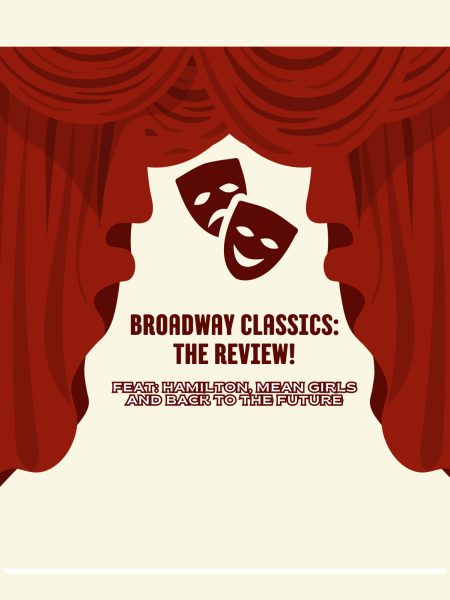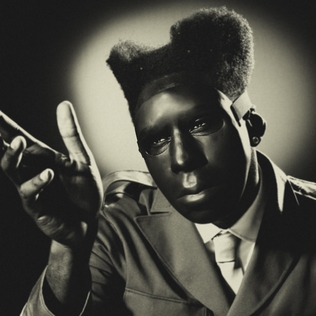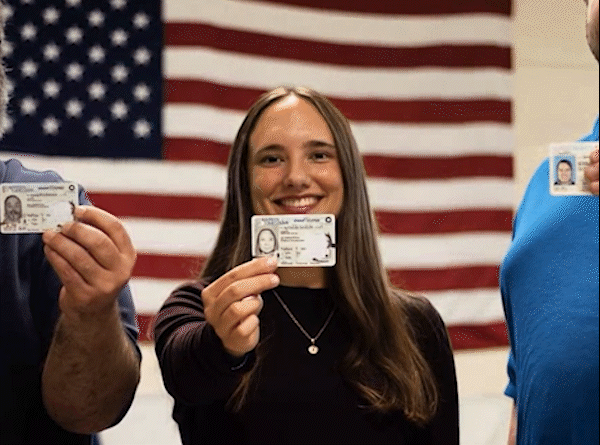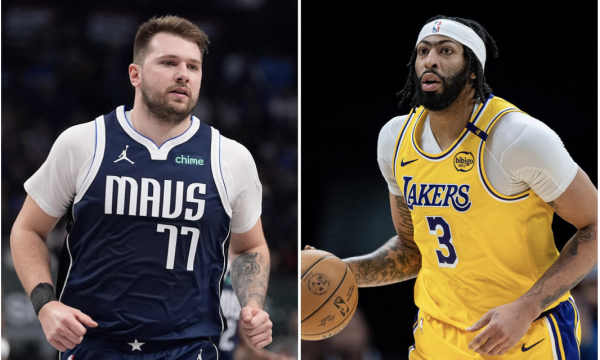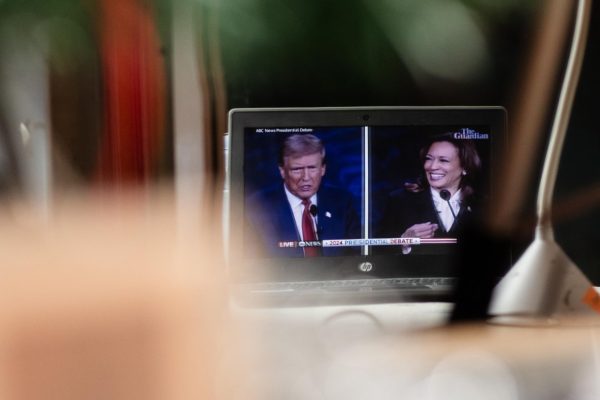Black Panther, new movie experience
Usually, when I leave the movie theater, I walk out feeling like I’m in this lethargic daze, as if reality is distant. This was not the case when I saw Black Panther, which left me feeling energized and empowered by its bold messages and characters.
Even before I bought my tickets, I knew I would love this movie, but I never anticipated how much.
Black Panther is set in the hidden African country of Wakanda, whose wealth and technology supersedes anything in the current Marvel Cinematic Universe. As an isolationist country, Wakanda becomes trapped in a war between tradition and modernization, whether to stay neutral in world politics or open up to aid others and accept refugees.
There are many things I can compliment about this film like the female empowerment, the fabulous use of color by director Ryan Coogler and the music.
But first: the villain.
As a lover of Marvel Comics, I’ve been disappointed by the superficial villains in the recent films. They come and go like a “u up?” text and they always have the same motivation: to take over the world for their own gain.
While villain Erik Killmonger’s (Michael B. Jordan) goal is to take over the world, his motivation and ideology sets him apart from other Marvel villains, like Loki from Thor or Ultron from Avengers: Age of Ultron.
Killmonger grew up in Oakland, California. He’s raised in a society where he experienced the effects of racism firsthand. After he finds his father (Sterling K. Brown) dead with claw marks in his chest, he vows to avenge him by claiming the throne of Wakanda and liberating black people from oppression. Initially, he seems like a superficial character but then he dives into his ideology. Similar to civil rights activist Malcolm X, Killmonger aimed to arm the oppressed so they could rise up to kill the oppressor and become the dominating race.
Killmonger is the described “villain” of Black Panther but his actual villainy is debated. His beliefs juxtapose that of T’Challa’s (Chadwick Boseman), whose views aim for peace and diplomacy. This illustrates the complicated issues regarding race.
Inequalities are an issue that is addressed throughout the whole film. For example, Nakia (Lupita Nyong’o) tells T’Challa about all the people in need of aid (like refugees) and how Wakanda should help them.
Another unexpected antagonist was introduced as well. As head of the Jabari tribe, M’Baku (Winston Duke) was first seen challenging the technological ways of Wakanda and then T’Challa in ritual battle for the throne. As the story progressed, he’s easy to forget among the chaos of Killmonger, yet he becomes an essential part of the movie. He’s the ultimate hidden gem, and ends up being both the comedic relief and the deus ex machina.
Along with complex antagonists, Black Panther also worked well to empower black women and showed each woman as a three-dimensional character. T’Challa may be the king of Wakanda but the queens of this film stole the show.
From the golden general of the Dora Milaje, Okoye (Danai Gurira), spy and warrior Nakia, Queen Mother Ramonda (Angela Bassett) and to teenage tech genius and princess of Wakanda, Shuri (Letitia Wright), this film showed that black women can excel in any way and aren’t tied to stereotypical depictions, like maids or waitresses.
Black Panther also showed the diversity of African cultures through the intricacies of black hair. Each character had a different hairstyle; Nakia’s “Wakanda” knots display her beauty and warriorship, Shuri’s elaborate braids show her intellectual and battle capabilities and Okoye’s tattooed scalp exhibit her sense of loyalty and unity.
Black hair is often stigmatized. Non-black people often are ignorant about the topic, so this film displayed the beauty of pan-African cultures.
Many of the aspects of Wakandan culture were taken from real African cultures, mainly from East and Southern Africa. Even the language spoken in Wakanda is primarily isiXhosa, which is spoken in South Africa and Zimbabwe and known for its distinctive clicks.
In general, Black Panther was beautiful. If anyone remembers Captain America: Civil War, the extensive airport fight scene was very bland. The gray of the sky melts into the buildings and somehow the repetitive blue and red worn by almost every character was just flat.
This mistake was not apparent in Black Panther. Bright pops of color were everywhere, whether it differentiated tribe from tribe or highlighted important entities.
Coogler’s bold use of was an appreciated change and a great direction.
The care taken into producing this movie can be seen through other aspects as well. The score of Black Panther was unlike that of any other Marvel movie, which was composed by Ludwig Gӧransson.
Each orchestral piece placed perfectly but they were also memorable. It was compelling and substantial, and could sway emotion however it wanted.
Black Panther: The Album, however, was produced by rapper Kendrick Lamar and featured other black artists such as SZA, The Weeknd and Khalid.
In a number of the songs, like Seasons and X, Lamar combines African languages and African-American slang to create art that appropriately reflects the themes and characters of the movie.
All in all, Black Panther is arguably the best Marvel movie (so far). The complex characters and plot made it enjoyable for a large audience, but it also empowered a community that hasn’t always been able to shine.
Your donation will support the student journalists of East Mecklenburg High School. Your contribution will allow us to purchase equipment and cover our annual website hosting costs.




